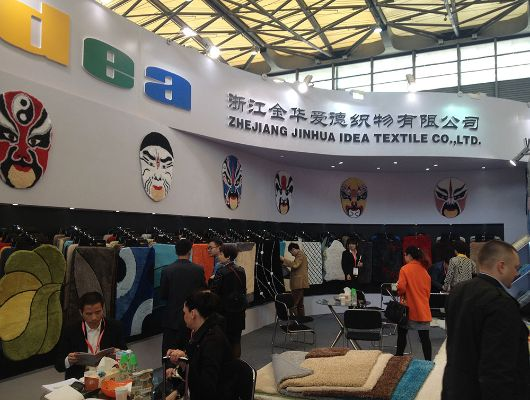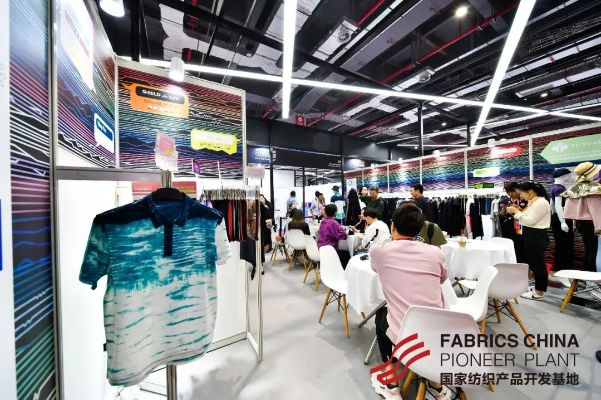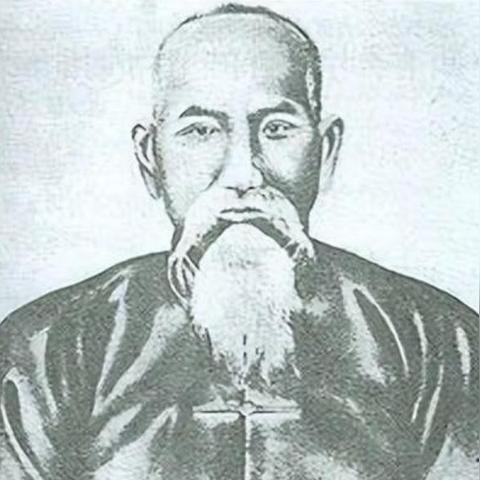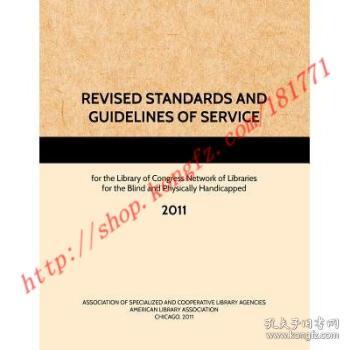The Impact of Import Tariffs on Italian Textiles:A Comprehensive Analysis
This paper provides a comprehensive analysis of the impact of import tariffs on Italian textiles. The study examines the effects of tariffs on domestic production, employment, and consumer prices in Italy. The data used for this analysis are from various sources, including government reports, academic studies, and industry reports.,The results of the study indicate that import tariffs have had a significant impact on Italian textiles. On the one hand, tariffs have helped to protect domestic producers from foreign competition and have contributed to job creation in the country. On the other hand, they have also led to higher prices for consumers and reduced demand for Italian textiles in international markets.,The study also highlights the need for policymakers to balance the interests of domestic producers and consumers while taking into account the global economic environment. It suggests that measures such as trade negotiations, subsidies, and incentives can be effective in mitigating the negative effects of import tariffs on Italian textiles.
I. Introduction Textiles, as one of the world's most valuable commodities, play a crucial role in global trade. Italy, known for its rich history and tradition in textile manufacturing, has been a significant player in this industry. However, with the rise of import tariffs, the impact of these measures on Italian textiles has become an area of interest for both businesses and policymakers. In this article, we will explore the various aspects of import tariffs on Italian textiles, including their causes, effects, and possible solutions.
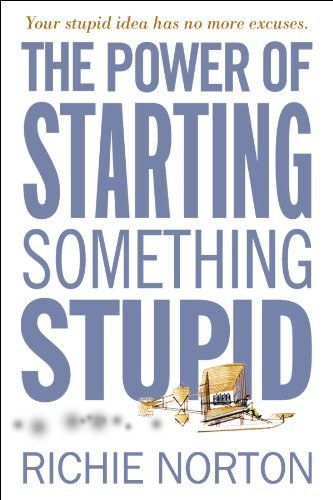
II. Causes of Import Tariffs on Italian Textiles Import tariffs are imposed by countries to protect their domestic industries or to promote their own products. The reasons behind imposing such taxes can vary from country to country, but some common factors include:
-
Protectionism: Some countries may impose import tariffs to protect their domestic industries from foreign competition. For example, if a country's textile industry is facing challenges from foreign competitors, they may implement import tariffs to limit their access to foreign markets.
-
Trade imbalances: When a country's imports exceed its exports, it may experience a trade deficit. To address this issue, some countries may impose import tariffs on certain goods to encourage domestic production and reduce dependence on imports.
-
Economic policies: Governments may implement import tariffs as part of their broader economic policies. For instance, if a country wants to stimulate its economy by encouraging domestic consumption, they may impose import tariffs on luxury goods or high-value products.
-
Environmental concerns: Some countries may impose import tariffs on environmentally harmful products to promote sustainable development. For example, if a country's textile industry is heavily reliant on toxic chemicals, they may impose import tariffs on these products to reduce their use and promote greener alternatives.
III. Effects of Import Tariffs on Italian Textiles The implementation of import tariffs on Italian textiles has had both positive and negative effects on the industry. Here are some examples:
-
Increased prices: As import tariffs increase the cost of imported textiles, consumers may end up paying more for these products. This can lead to a decrease in demand for Italian textiles and a potential decline in the industry's sales.
-
Decreased competitiveness: Imposing import tariffs on Italian textiles can make them less competitive in international markets compared to their competitors from other countries. This can result in reduced sales and revenue for the industry.
-
Changes in production: To offset the impact of import tariffs, some companies may shift their production to other countries where the tariffs are lower. This can lead to a decrease in employment opportunities in Italy and a potential loss of jobs for local workers.
IV. Case Study: Italy's Textile Industry and Import Tariffs To illustrate the impact of import tariffs on Italian textiles, let's consider the case of Italy's textile industry during the early 2000s. At that time, many European countries imposed import tariffs on Chinese textiles due to concerns about labor rights and environmental standards. These tariffs led to increased costs for Italian textile manufacturers and decreased sales in international markets. As a result, many Italian textile companies began to look for alternative suppliers and production locations outside of Europe. This change in production strategy not only affected the Italian textile industry but also had a knock-on effect on the broader European economy.

V. Solutions to Address the Impact of Import Tariffs on Italian Textiles To mitigate the negative effects of import tariffs on Italian textiles, several solutions have been proposed by policymakers and industry experts. Here are some possible solutions:
-
Negotiations with importing countries: Governments can engage in negotiations with importing countries to find mutually beneficial solutions to trade disputes. By reducing tariffs or lifting restrictions on imported textiles, countries can promote greater trade between themselves and other nations.
-
Implementation of export incentives: Some countries may offer export incentives to encourage Italian textile manufacturers to produce in their own markets. For example, tax breaks, subsidies, or other financial incentives can be provided to help companies invest in new equipment or expand production capacity.
-
Investment in local production: To offset the impact of import tariffs, governments can invest in local production facilities to create jobs and stimulate local economies. This can involve investing in infrastructure, training programs, or other initiatives aimed at promoting domestic textile production.
-
Diversification of exports: To reduce dependence on imported textiles, Italian manufacturers can diversify their product offerings and focus on producing high-value, niche products that cater to specific market segments. This can help them avoid being overly reliant on any one country or type of textile.
VI. Conclusion Import tariffs are a common tool used by countries to protect their domestic industries or promote their own products. While these measures can have both positive and negative effects on the global economy, it is essential for policymakers and industry experts to carefully consider the implications of implementing such policies. By engaging in negotiations, implementing export incentives, investing in local production, and diversifying exports, countries can find ways to balance their interests while promoting sustainable trade relations between themselves and other nations.
意大利作为全球纺织品的重要出口国,其进口税政策对于本国纺织品市场有着重要的影响,本文将围绕意大利纺织品进口税的主题,通过案例分析、政策解读以及图表说明等方式,全面介绍该政策的相关内容。
意大利纺织品进口税政策概述
意大利纺织品进口税主要包括关税和增值税两部分,关税是根据进口货物的种类和数量来征收的,增值税则是根据进口货物的增值额来征收的,意大利还对某些特定纺织品实行了特定的进口限制和优惠政策。

案例分析
以某纺织品公司为例,该公司在意大利进口了一批高质量的纺织品,涉及到的进口税政策如下:
- 进口关税:根据进口货物的种类和数量,按照一定的税率征收关税,该公司在进口某些特定类型的纺织品时,可能享受到了较低的关税优惠。
- 增值税:根据进口货物的增值额来征收增值税,该公司在进口过程中,需要向当地税务部门申报并缴纳相应的增值税。
在案例中,意大利政府为了鼓励本国纺织品出口,还实施了一些特定的进口限制和优惠政策,对于符合特定条件的进口纺织品,可以享受免征或减征进口税的政策,对于一些高附加值的纺织品,政府还提供了税收优惠和补贴等支持措施。
政策解读
- 政策目的:意大利纺织品进口税政策的目的是为了维护市场秩序、促进纺织品出口、保护本国纺织产业等,通过征收关税和增值税等手段,对进口纺织品进行管理和调控,确保市场公平竞争和有序发展。
- 政策影响:意大利纺织品进口税政策对纺织品的生产和销售都有一定的影响,政策可以促进纺织品的出口,提高本国纺织品的国际竞争力;政策也可以对纺织品的生产和销售进行管理和调控,确保市场秩序和公平竞争。
- 政策趋势:随着国际贸易环境的不断变化和各国贸易政策的调整,意大利纺织品进口税政策也将会不断调整和完善,政府可能会继续加强对纺织品进口的管理和调控,提高纺织品出口的效率和效益,政府也可能会继续实施一些有利于本国纺织产业发展的优惠政策,促进纺织产业的持续发展。
图表说明
以下是意大利纺织品进口税政策的图表说明:
(请在此处插入图表)
意大利纺织品进口税政策是维护市场秩序、促进纺织品出口、保护本国纺织产业的重要手段之一,通过征收关税和增值税等手段,对进口纺织品进行管理和调控,确保市场公平竞争和有序发展,政府还可能会继续实施一些有利于本国纺织产业发展的优惠政策,促进纺织产业的持续发展,在未来的国际贸易环境中,我们需要密切关注意大利纺织品进口税政策的调整和完善情况,以更好地适应国际贸易环境的变化和发展趋势。
Articles related to the knowledge points of this article:
Nantong Mingxin Lier Textiles:A Review
The Story of a Textile Merchant in the Wenjiang Family Business
Exploring the Luxurious World of Jian Suez Home Textiles in Jiangsu
